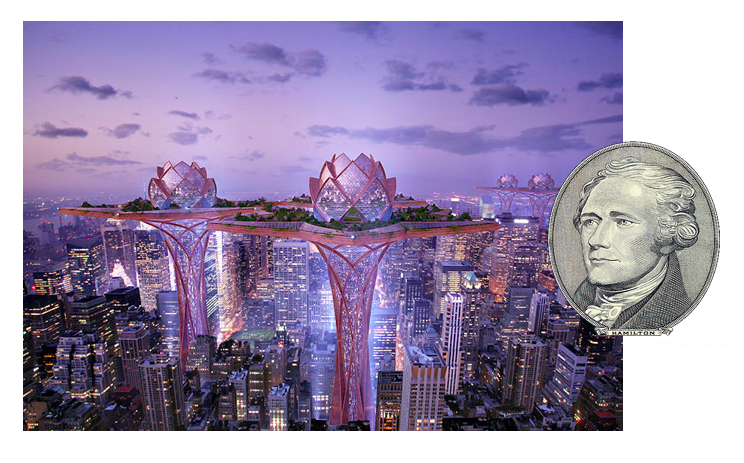It's really, really great that Musk is thinking big. America needs that sort of thinking. It's a shame that technological feasible solutions are categorized as "science fiction"--that is, regarded as something in the far-off, way-out future. If "The Jetsons" could imagine this sort of technology a half-century ago, then there's no reason that we, in the real world, couldn't and shouldn't be making these visions come true.
However, even if we get past the usual objections of cost, regulation, NIMBYs, trial lawyers--as I hope we will, through enlightened forward-looking leadership!--we can still wonder whether the hyperloop is really the future of mass transportation. The hyperloop might compete with airplanes, sure, but will it really displace the personal vehicle? Probably not.
Consider: Suppose you ride from San Francisco to LA in your hyperloop--which is now a half-hour trip. Cool. So you get out of the station in... where? downtown LA? If so, then there's a good chance that you're still many miles from where you really want to be. Century City in West LA is 15 miles away, Orange County is 30 miles away, and so on. So how do you get to where you are going? And then, once there, how do you get around? The truly desirable transportation system is point-to-point, not hub-and-spoke. So if you say you are traveling from SF to LA, you really mean that you are traveling from, say, Palo Alto to Santa Monica, and that means that on both ends of the trip, the hyperloop leaves you with other kinds of transportation needs, be it car, bicycle, skateboard, whatever.
In other words, for extended and/or multi-point trips, most likely, you will want your car or other form of personal transportation with you. Now of course, your car can be as cool as you want it to be. That is, it can fully automated, a la the sorts of driverless cars that we read about all the time now. So you can be "driving" around, getting from point to point, even as you are working, playing, sleeping. Pretty cool.
Ah, but what about the selling point of the hyperloop, which is extreme speed? Cars can be made to go a lot faster, too, through automated
"car trains," which would link up cars into "convoys" as they go down smart highways. That is, you're in the car, but the car zips along at computer-controlled speed, perhaps linked to some sort of towing system. Such assemblies could go much faster than current speeds.
And of course, long run, Musk's hyperloops could be expanded to include cars themselves, like the Amtrak
"autotrain" that takes you and your car to Florida.
Just about anything is possible; we just need the vision to do it. Fortunately, we have guides such as Elon Musk. But it will take all of us to be part of integrated solution that works for America as a whole.





















